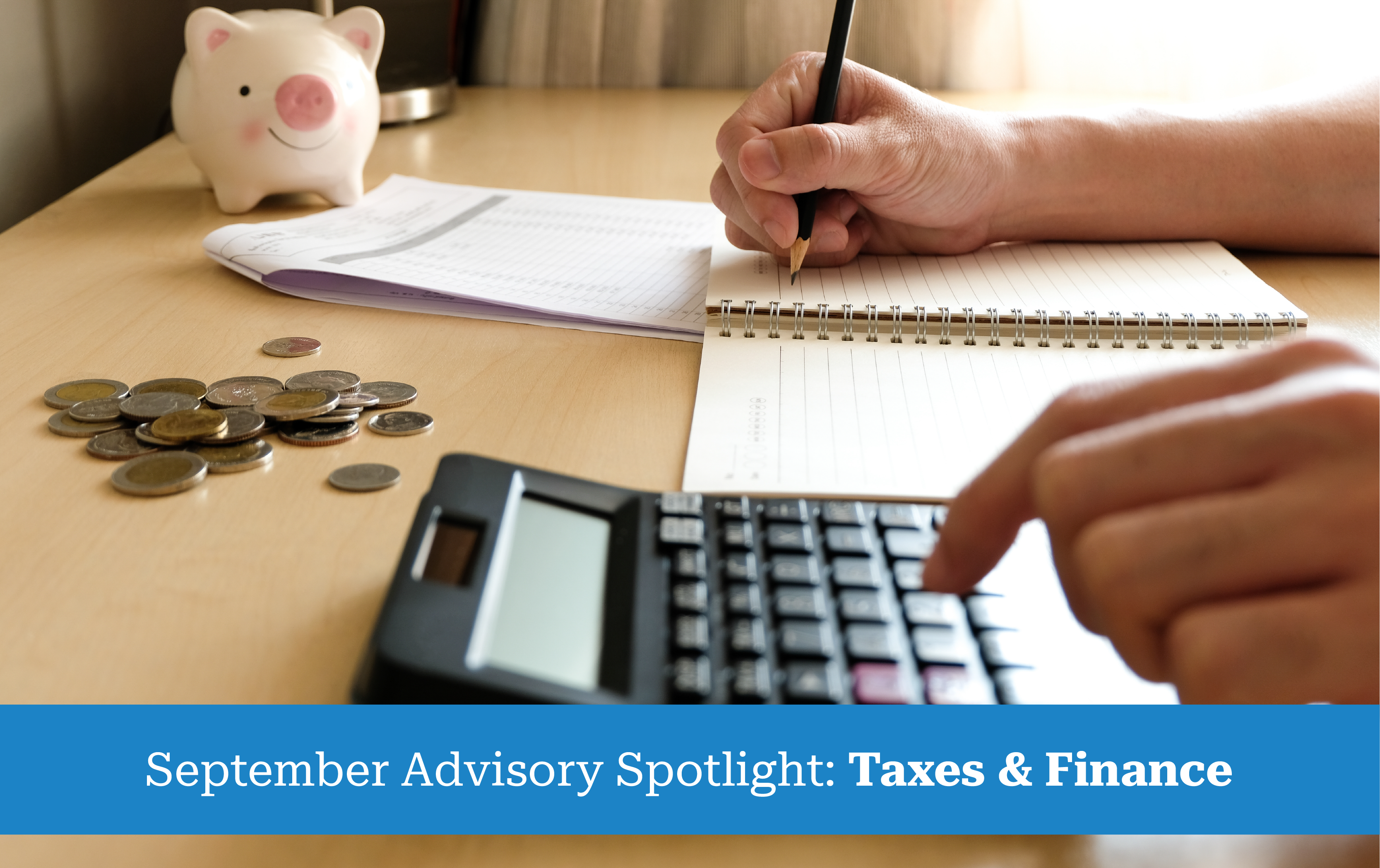
It’s always exciting to think about the idea of having your own new start up. You hear about stories where entrepreneurs started with just $300 and a cardboard box and then turned their business into millions. In reality, the first mistake made by most is simply being undercapitalized or not having enough access to capital while growing your business.
Undercapitalization really involves the language used when a personal cannot sufficiently fund their business venture. An idea alone will not lead to business success. This lack of capitalization not only includes the initial outlay to get the business up and going, but really miscalculating the operating expenses in the business especially in the first year of operation.
Many times, you may have heard of the concept that you should measure twice or cut once when you are doing a construction project. Well, the same analogy fits for running your business. If you have spent significant time building out a pro forma for the business in year one, the recommendation would be to increase the expense projections by 25% to 50% and decrease your revenue projections by 25%. This would give you a more realistic picture of the capital that you will need to fund the business in year one. Miscalculating this could lead you to be in a difficult position financially and this can really jeopardize the success of the business.
Here are three smart things to be thinking about so your new entrepreneurial venture doesn’t fall short financially.
- Lines Of Credit– Whether it is a true banking relationship or you have set up an arrangement with family and friends, do you have a written documented line of credit that you can access should the business need capital. Or do you have credit cards available with lines of credit ready to go if you have no other access to capital? Often, the bank is going to want to you personally guarantee the lines of credit (rather than the business) and this means that you may be pledging assets including your primary residence.
- Decide If You Are Going To Raise Money– One of the most difficult things to do as an entrepreneur is raising capital. As you start your business, you should think thoughtfully about whether or not you want to bring on investors or partners and what this will mean for your business. Do you want to offer investors straight equity in the business? Are you going to get more sophisticated and create a convertible debt note in the business? Or, are you simply going to offer a higher than normal interest rate to have debtors in the business? Remember, that if you raise capital there could be rules and regulations that you need to follow and be certain that your legal documents are watertight.
- Lease vs. Buy– Many banks will work out a 3 year or 5 year $1 buyout program on equipment which may allow you to use your upfront capital more effectively in the first year of business. If you are going to buy equipment, you need to account for those capital expenditures in that part of your overall business plan. If you are going to lease a copier, printer, postage meter, space, etc., also consider the length of those terms and any yearly escalation costs in the prices.
Many businesses fail in the first year because they run out of money. Make sure you don’t fall in the trap of being undercapitalized!
680 Views












